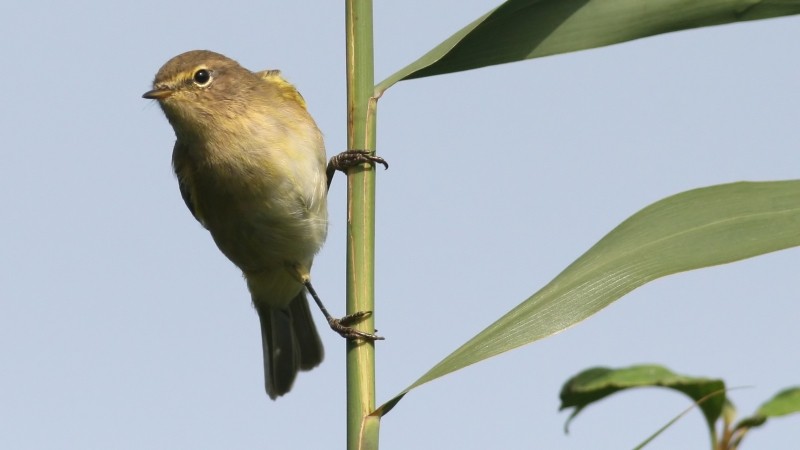 Is common Chiffchaff songbirds?
Is common Chiffchaff songbirds?
Is common Chiffchaff songbirds?
The common chiffchaff is a small, dumpy, 10–12 centimetres (4 in) long leaf warbler. The male weighs 7–8 grammes (0.28–0.31 oz), and the female 6–7 grammes (0.25–0.28 oz). The spring adult of the western nominate subspecies P. c. collybita has brown-washed dull green upperparts, off-white underparts becoming yellowish on the flanks, and a short whitish supercilium. It has dark legs, a fine dark bill, and short primary projection (extension of the flight feathers beyond the folded wing). As the plumage wears, it gets duller and browner, and the yellow on the flanks tends to be lost, but after the breeding season there is a prolonged complete moult before migration. The newly fledged juvenile is browner above than the adult, with yellow-white underparts, but moults about 10 weeks after acquiring its first plumage. After moulting, both the adult and the juvenile have brighter and greener upperparts and a paler supercilium. This warbler gets its name from its simple distinctive song, a repetitive cheerful chiff-chaff. This song is one of the first avian signs that spring has returned. Its call is a hweet, less disyllabic than the hooeet of the willow warbler or hu-it of the western Bonelli's warbler. The song differs from that of the Iberian chiffchaff, which has a shorter djup djup djup wheep wheep chittichittichiittichitta. However, mixed singers occur in the hybridisation zone and elsewhere, and can be difficult to allocate to species. When not singing, the common chiffchaff can be difficult to distinguish from other leaf warblers with greenish upperparts and whitish underparts, particularly the willow warbler. However, that species has a longer primary projection, a sleeker, brighter appearance and generally pale legs. Bonelli's warbler (P. bonelli) might be confused with the common chiffchaff subspecies tristis, but it has a plain face and green in the wings. The common chiffchaff also has rounded wings in flight, and a diagnostic tail movement consisting of a dip, then sidewards wag, that distinguishes it from other Phylloscopus warblers and gives rise to the name "tailwagger" in India. Perhaps the greatest challenge is distinguishing non-singing birds of the nominate subspecies from Iberian chiffchaff in the field. In Great Britain and the Netherlands, all accepted records of vagrant Iberian chiffchaffs relate to singing males.
People often ask
Related Searches
Scientific Classification
Phylum
Chordates Class
Birds Order
Perching birds Family
Phylloscopidae Genus
Chiffchaffs And Allies Species
Common Chiffchaff 